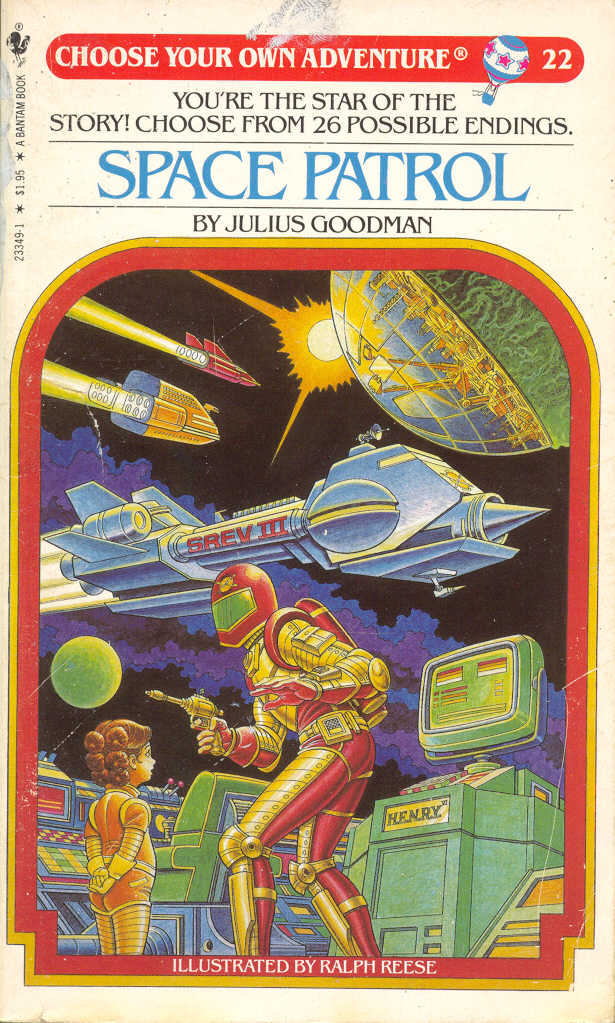This is an old revision of the document!
Project 14: Choose your own adventure
Your group is to design a problem that incorporates the three main principles the p-cubed course has focused on:
- Conservation of Energy
- Conservation of Momentum
- Conservation of Angular Momentum
Your design should include both the problem statement (storyline, just look at any of ours for details) and the solution to the problem. Imagination is a plus. You should use the four quadrants and include any appropriate sketches (including appropriate measurements and any necessary free-body diagrams). You can write it up on the sheets provided and on the white boards. Try to include a motivation within the problem for all 3 laws of conservation and not just include them randomly.
A good solution will not just be equations but will include some commentary.
We encourage you to take this opportunity to review any physics you had particular difficulty with and the tutors are here to help you consider the correctness of the physics you are trying to include in your problem.
You are being graded as per usual, and so everybody in the group should understand the physics behind the problem you are designing.
The winners of the “choose your own adventure problem” will receive the following:
- A 100% grade on the weeks problem.
- Get to act as TA's on Thursday.
Good Luck!
Project 14: Part B: Poll for the Nobel
Craig and Tom are the leading physicist at their respective research facilities. They are the two leading candidates for the Nobel Prize. Come day of the award, the committee of the prize cannot come to an agreement about who deserves the award. Instead of voting, they decide to hold a single match of pool.
- mstick = 0.5 kg
- mcue = 0.17 kg
- m8-ball = 0.17 kg
Part 1: Tom's Up There is only the 8-ball remaining. Tom realizes he can win this game, but he is going to have to make a difficult shot. He begins doing some calculations using angular momentum.
Assuming there is no friction, Tom needs to figure out how fast and at what angle the cue ball needs to travel in order to get the 8-ball into the top right corner pocket. Hint: for an elastic collision in 2D, the angle between the two post-collision velocities is 90 degrees. Relative to the top right corner pocket, the location of the 8-ball before cue ball strikes it is ←0.75m, -0.25m, 0m> and the location of the cue ball before the shot is ←1.25m, -0.5m, 0m>. What must the initial velocity of the cue ball be for the final speed of the 8-ball to equal 1 m/s?
The judges believe that Tom's shot is impossible and want him to mathematically prove that it works. They want him to find the angular momentum of the cue ball before the collision and the rotational angular speed of the 8-ball after the collision.
Part 2: Craig's Time to Shine
Tom, while a brilliant physicist, missed his shot, setting Craig up with the perfect opportunity to win the match and claim his prize. Craig has determined he needs to have the 8-ball traveling at exactly 0.73 m/s for the cue ball to not follow it into the hole. Any faster and he will scratch and lose. Any slower and the 8-ball will not make it into the hole. With the given information, how much force and for what time interval does the stick need to be in contact with the cue ball?

